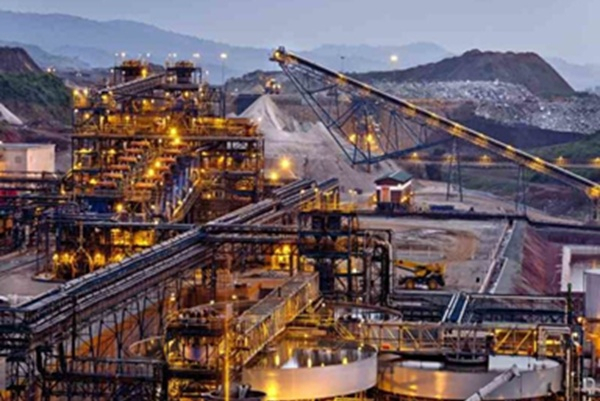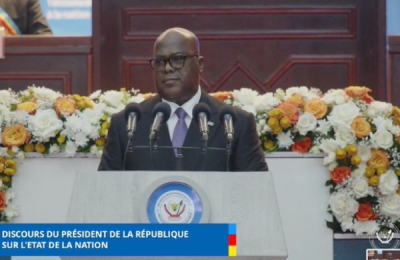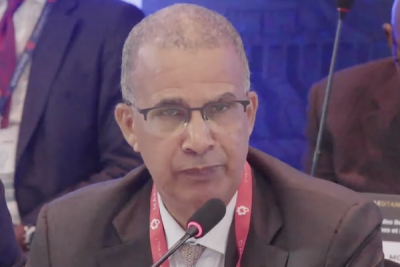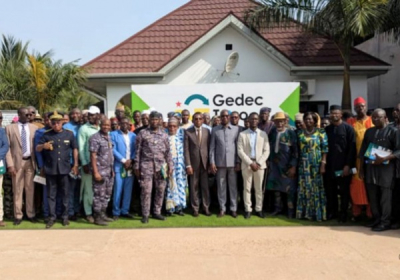The Kibali gold mine contributed $316 million to Barrick Gold’s turnover last year. Kibali’s contribution to its co-owner’s revenues shot up 30.8% yearly. The mine’s contribution to Barrick’s operating income also grew, by 15.8%, to $450 million in 2024.
Kibali, located in the Democratic Republic of Congo (DRC), did better than Barrick’s Malian gold mine, Loulo-Gounkoto. Over the period reviewed, the Malian asset also contributed more, but in lower proportions–respectively 8.25% and 2.25% more on the sales revenue and operating income fronts.
This financial uptick comes despite a decline in production levels. Indeed, Kibali produced just 686,000 ounces (21.34 tonnes) of gold in 2024, the lowest output since 2019 when production peaked at 813,000 ounces. For the first time since then, Kibali has been surpassed by Mali's Loulo-Gounkoto mine, which produced 22.5 tonnes of gold, snatching the Congolese mine’s crown as Africa’s top producer.
Barrick Gold attributes the production drop at Kibali to lower gold content within the ore extracted. The average gold content per tonne processed fell from 3.8 grams in 2019 to just 2.8 grams in 2024. Additionally, the proportion of ore deemed non-commercially viable increased from 74% in 2022 to 78% in 2024.
Partial positive impact
Though Kibali’s output decreased, Barrick Gold paid more royalties to the Congolese government in 2024 than it ever did since 2019: $39 million. Over the past six years, Barrick paid $169 million in royalties to the DRC, reflecting taxes on extracted gold and duties on mining area usage. Barrick Gold owns 45% of the Kibali mine.
As for Kibali’s overall impact on Barrick’s net profit—an important metric for corporate income tax calculations—this remains uncertain and heavily influenced by declared expenses. Barrick reported investing $116 million in its operations last year, the highest since 2019. The figure amounts to 26% of all investments made since 2020. However, cash operating costs have also surged to a record average of $905 per ounce produced, despite the lowest production levels since the mine opened.
Barrick Gold did not directly explain why operating costs and capital expenditure rose but this reflects a broader trend of rising production costs that have escalated annually since 2021. Investments aimed at reducing these costs include the installation of a new 16-megawatt solar power plant on-site.
This article was initially published in French by Georges Auréole Bamba
Edited in English by Ola Schad Akinocho










